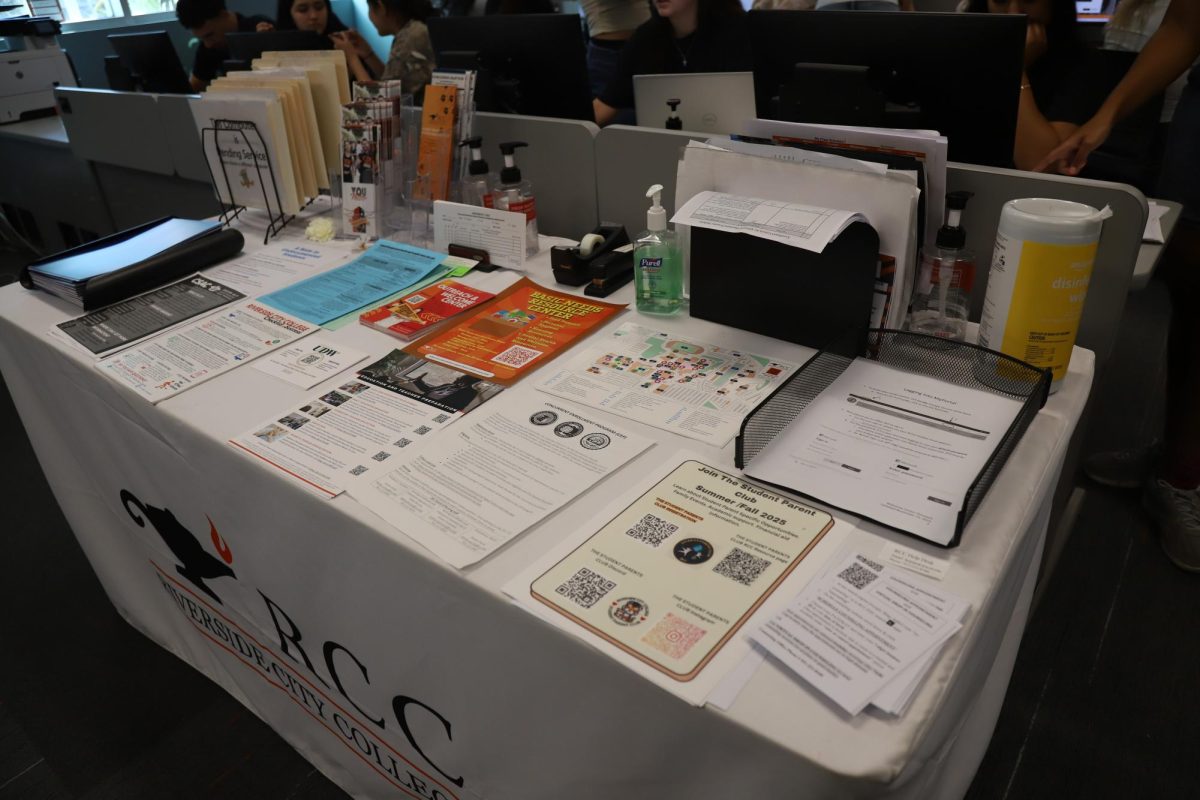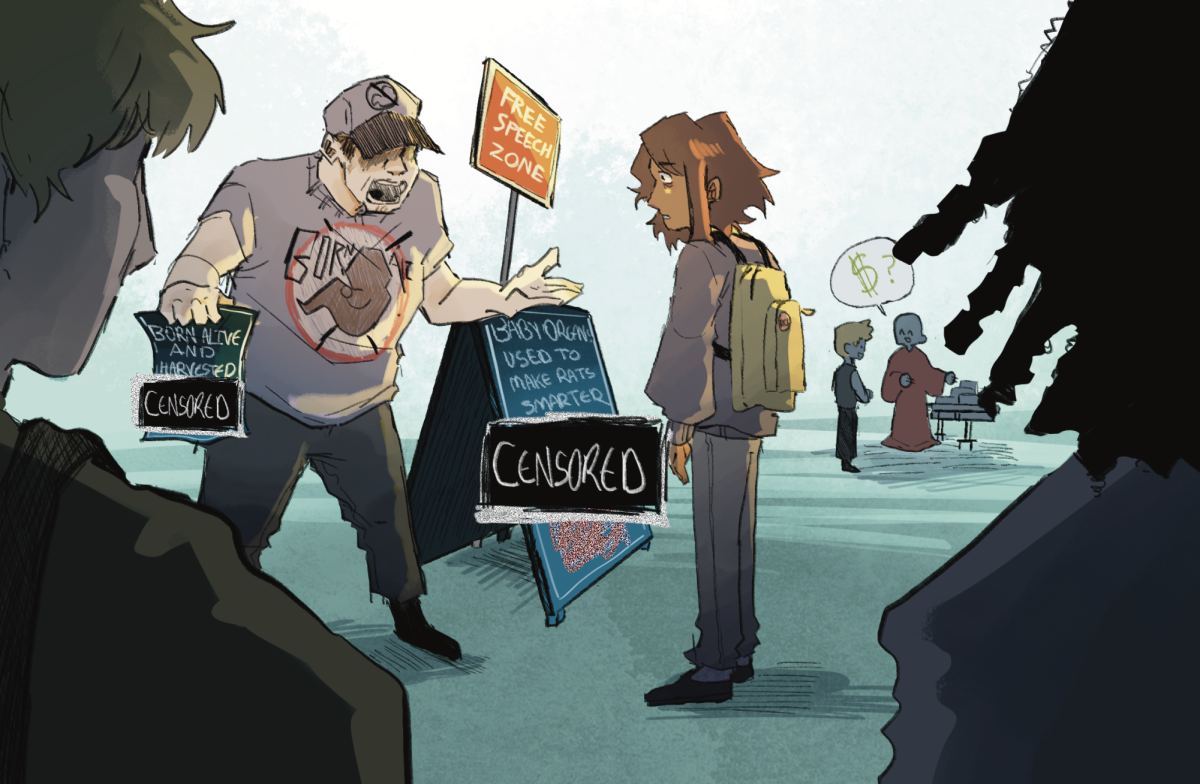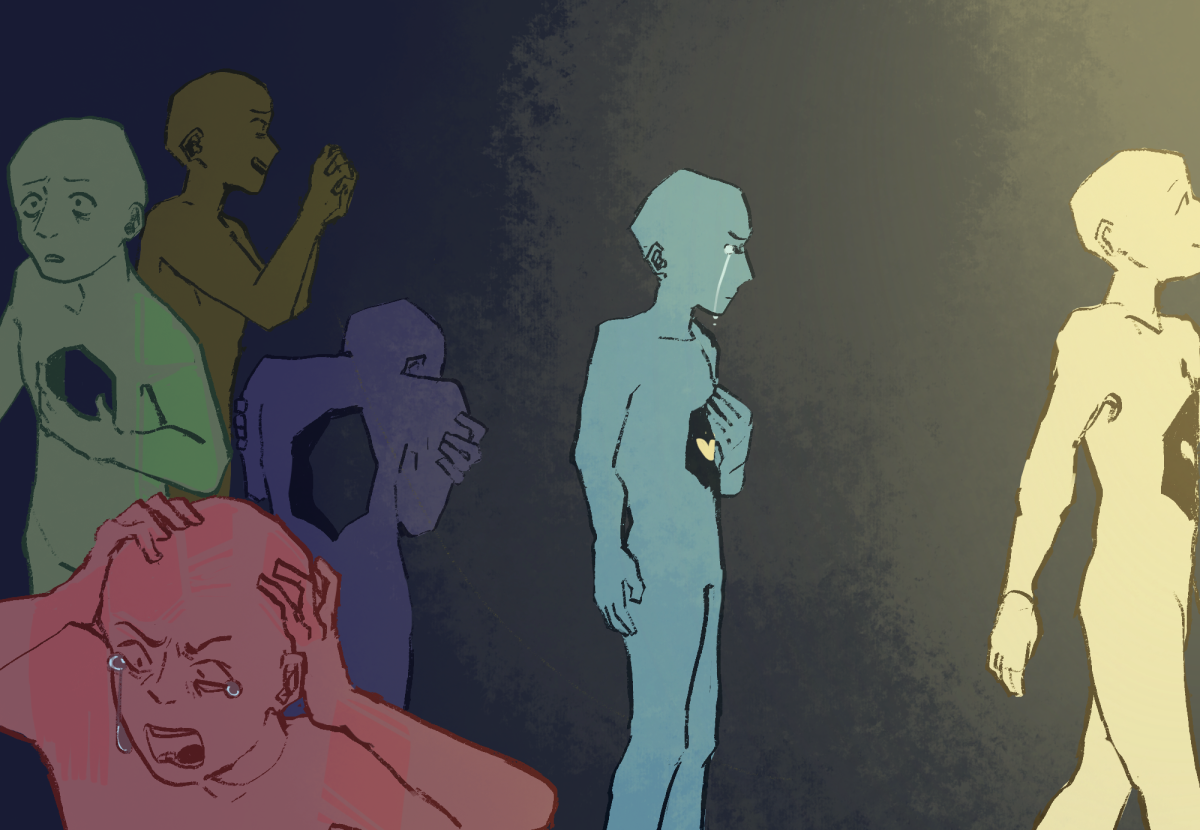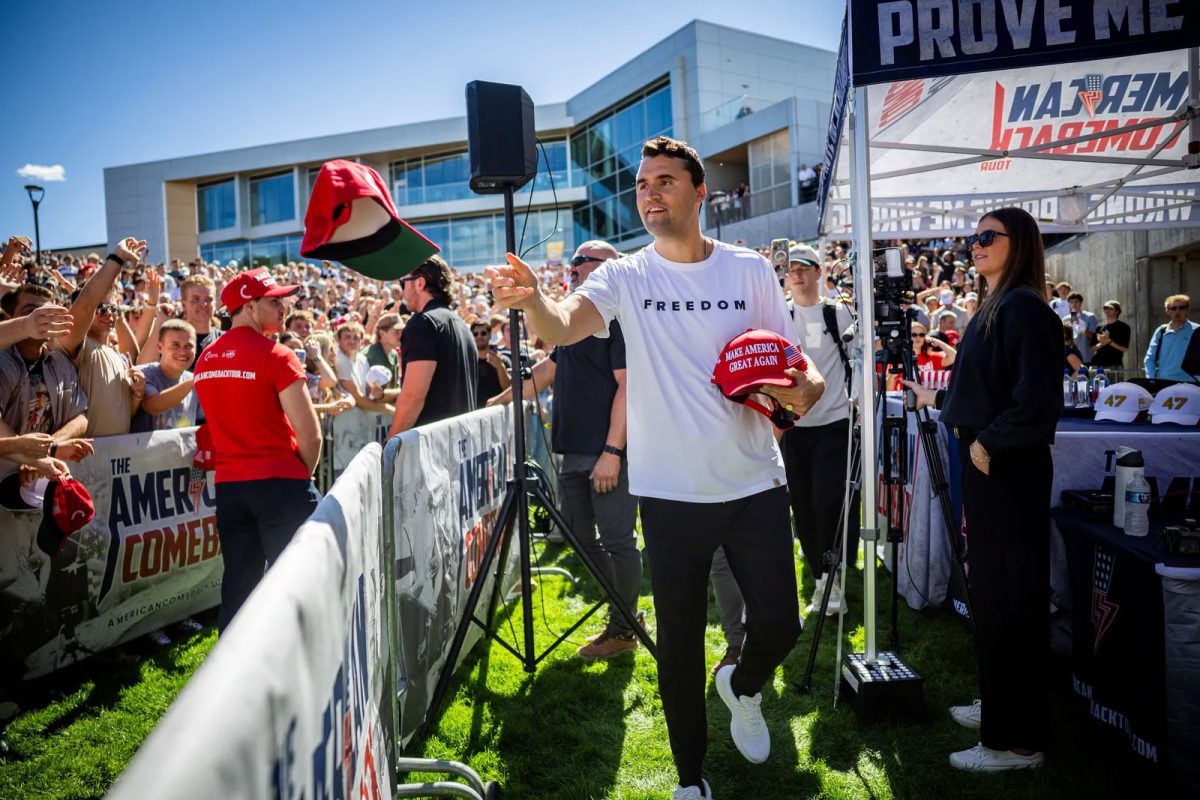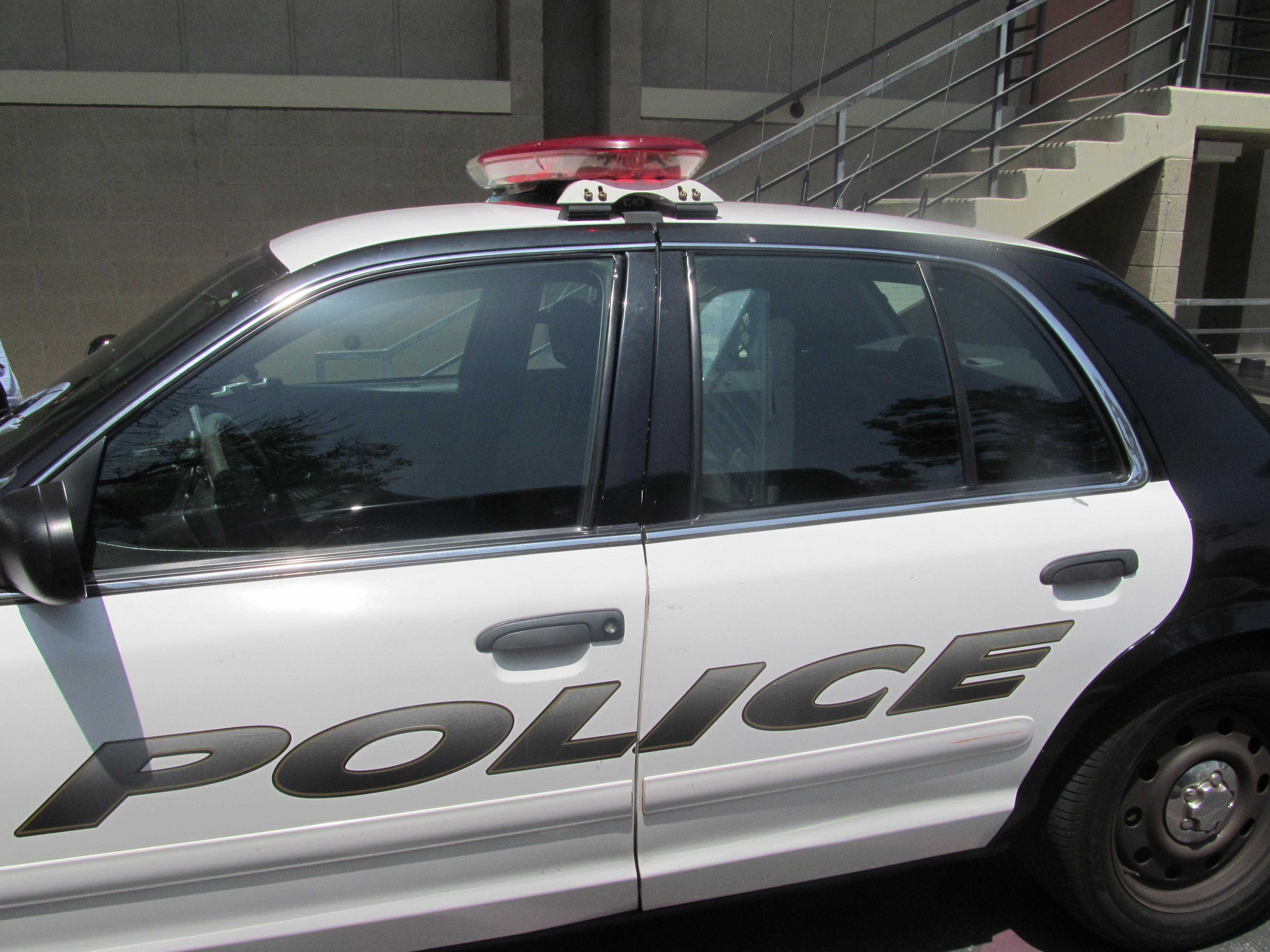
Time and time again we hear and in some cases see someone being beaten by the police.
At this point the villain is now the victim and the beating out shines the crime. Police brutality, or is it?
In Bakersfield a man by the name of David Sal Silva 33, was beaten to death after police deemed the man uncooperative.
The father of four young children was across the street from Kern Medical Center when KMC security officer called deputies at about 11:55 p.m. Tuesday May 7, to report there was a man in the area who was possibly intoxicated.
A deputy with a canine found Silva on the southeast corner of the intersection and contacted him.
It was then that Silva resisted and fought the deputy while the deputy tried to take him into custody, more deputies and two California Highway Patrol officers arrived to help. According to www.bakersfieldcalifornian.com.
After this fatal encounter the innocent bystanders that had recorded the beating later had their phones confiscated
by detectives that came to their homes demanding that the witnesses hand over their cell phones.
The seizure of the phones has led to accusations that the Sheriffs department is trying to cover up the episode, as reported by The New York Times.
“My brother spent the last eight hours of his life pleading and begging for his life,” said Christopher Silva, 31, brother, to the deceased.
A family has lost their son, brother and father. Officers of the law are now being investigated.
There is still a lot to be learned regarding the thin line of an officers unmeasurable issues of high stress, fear and possible adrenaline rush when in the field.
Let us consider for a moment as if the district Attorney will be considering penal codes such as 895a as well as 1199. Penal Code 835a talks about how much force an officer can use to arrest a person.
It also talks about reasonable force being applied to effect arrest to prevent escape, or overcome resistance. “That is how we are trained,” Retired Chief of Police city of Inglewood, Oliver Thompson said.
“When you look at something like this, the problem you have got is, what caused the officers to believe they needed to rise to that level of force to take somebody into custody, to prevent escape and/or overcome resistance?” He continued.
Penal code 1199 refers to an officer that needs help. No set numbers- just says as many as possible, get here as fast as possible.
“Every officer available comes from wherever to get there and then if there is no supervisor present to control what occurs, now it comes down to each individual officer deciding what part they want to play in this type of process, and generally it’s heavy adrenaline, high stress, we have to do what we have to do to put this matter down and that is an individual officer discretion,” Thompson said.
Administrators have the responsibility to sit back after the matter has already gone down and review the video and reports and decide what they are going to do.
The District Attorney will then have to decide is this altercation justifiable, based upon what the law says, in that area. Generally that’s a 196 of the Penal code that talks about justifiable homicide by an officer.
There are three basic categories the D.A. will have to see if it fits in and generally the one that is looked at is number two. This part talks about how an officer can go about doing things.
“I always tell my class the discretion is so wide you could drive an 18 wheeler through it, because it talks about legal process and it is left up to the officer’s discretion”, Thompson said.
There is no way anyone can win in a situation like this because no matter what, the public not knowing what the ground rules are, will naturally judge it based on what their perception is of what occurred.
“I always say to officers follow the constitution you never have a problem with that,” Thompson concluded.
Is it possible that in all the chaos that the officers feel that they are protecting society from some type of menacing acts? I think so.
We can stipulate what we did see did occur, however what we usually don’t see is what lead to the altercation.
“It never makes for a happy marriage, because it says when necessary committed in overcoming actual resistance to the execution of some legal process or the discharge of any legal duty, that is the officers discretion, so if the officer believes that what they had to do was what was done then you aren’t shaking them out of that. ‘They will say you were not there I was there and we did what we felt we had to do,” Professor Oliver Thompson said.
What could officers have learned from the altercation that took place on the night of July 5, 2011 in Fullerton when a homeless- mentally ill man by the name of Kelly Thomas was beaten to death where the incident leading to the altercation was shown? Obviously nothing.


